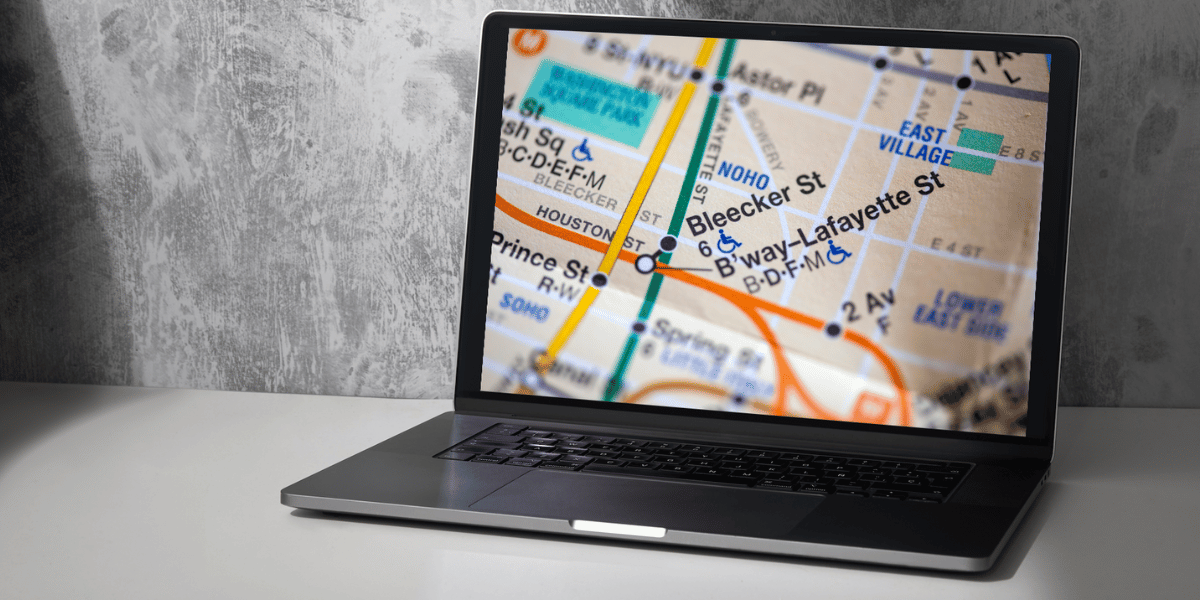The thing is, mankind has no idea how to manage this, as there is little idea of what is buried and where. Even in the most advanced countries, subsurface infrastructure blueprints are either non-existent or extremely inaccurate, leading to the occurrence of countless strikes. Besides safety-related concerns and damage events that result in delays and unexpected costs, utility strikes do something much worse –they cut human beings off from their most basic needs like being able to turn on the light, cook, or just watch TV.
According to the 2019 CGA Damage Information Reporting Tool (DIRT) published October 2020, this reality is not about to get better anytime soon. The year 2019 ended at an all-time high of 534,151 utility strikes reported in the U.S. alone. The cost of these was estimated at $30 billion, accounting both for direct costs (facility repair) and indirect costs (property damage, medical bills, businesses unable to operate, etc.).
Although all industry stakeholders have a clear interest in reducing damage to buried utilities, this is an immense challenge tackled by two main efforts:
• As-built blueprints describing the locations of buried utilities.
The most basic form of information for utility location used to map the subsurface.
• The Subsurface Utility Engineering (SUE) standard as defined by the American Society of Civil Engineering (ASCE).
A system that classifies the different types of subsurface utility data and their quality levels, according to the tool or method used to generate it:
• Quality level D (QL-D): Blueprints and verbal recollections.
• Quality level C (QL-C): Surveying of aboveground evidence indicating the existence and location of buried utilities (manholes, valve boxes, etc.).
• Quality level B (QL-B): Applying surface geophysical methods to determine the existence and horizontal position of all subsurface utilities within a project’s limits.
• Quality level A (QL-A): Providing the accurate location of buried utilities using actual exposure of the surface through hand digging or vacuum excavation.
As-built blueprints and the various tools used to achieve the SUE quality levels have a tradeoff between reliability and resources of time and money. Blueprints are often inaccurate, surface evidence can be missed by the human eye, and locating equipment such as GPR and vac-ex equipment are confined to very specific locations, making them unscalable. In other words, the more reliable the information, the more time consuming and expensive it is. But it does not have to be that way.
About two years ago, a team of Israeli military veterans were working on a solution for a completely different problem–the clearing of minefields. The team, a combination of combat engineers and geophysical intelligence experts, developed a satellite imagery solution able to pinpoint the exact location of buried landmines without any “boots on the ground.” Although they took on a variety of humanitarian projects in various post-war regions, they quickly discovered a much larger problem which they were able to solve – the locating of buried utilities.
The company understood that their core technology, a combination of remote sensing (satellite imagery), artificial intelligence, and computer vision, could generate an accurate and up-to-date mapping simulation describing the subsurface terrain, providing a detailed map of the known and unknown utilities buried in the subsurface. This would make manual records redundant, field investigations automated, geophysical locating scalable, and minimize the need for utility exposing, thus helping project owners and utility stakeholders prevent unexpected costs, budget overruns, infrastructure damages and schedule delays.

In a broader sense, what is most unique is the ability to tackle the root causes of utility strikes. In 2018, in a paper purposed at calculating the real costs of such incidents, Dr. Lewis Makana, Research Fellow at University of Birmingham, concluded that to reduce these occurrences, the following three measures must be implemented:
Utility owners must accurately mark the location of their utilities. Excavators must notify state notification centers (One Call centers) regarding their digging activities. Excavators must respect the utility markings and the tolerance zone around them. Inability to implement these measures suggests a great risk of utility strikes. With respect to existing solutions, satellite imagery is the only subsurface utility locating solution which enables all three of these measures, offering a way to accurately map buried utilities in any location in the world with no “boots on the ground.” It serves as a collaboration tool between project owners, consultants, planners, contractors, and local authorities, allowing them all to speak in the same professional language on one single platform. It generates maximum situational awareness, by combining the real time location of at-work excavators together with the accurate locations of buried utilities.
The use of satellite imagery in the context of subsurface utility mapping opens a hatch into a world of locating and damage prevention solutions that did not exist before. More so, already developed solutions on this platform top all other currently used technologies in speed and cost of locating results. Bottom line, there is a monumental shift occurring in the subsurface utility sector, and stakeholders who adapt quickly could benefit greatly.
Raz Ezra is Director of Business Development and David Horesh is Marketing Strategist at 4M Analytics. Learn more about the 4M Analytics story at 4manalytics.com.



Comments